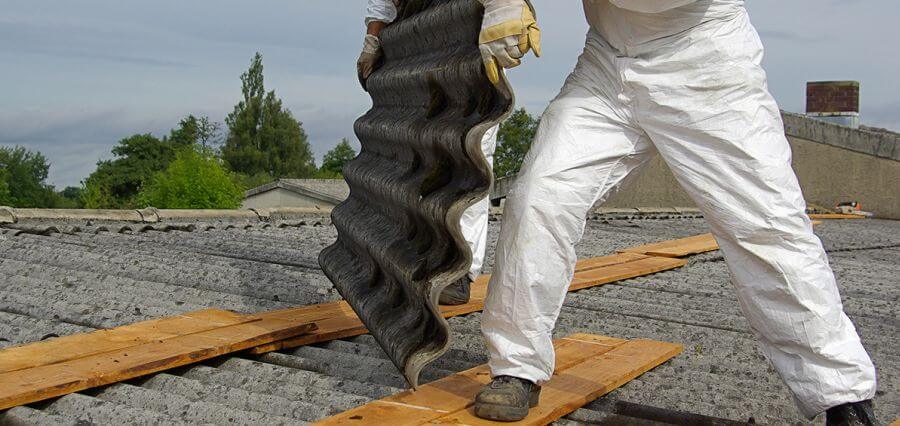The use of asbestos in the workplace is a major health hazard. Asbestos is a mineral fiber that was commonly used in construction and other industries prior to the 1980s. It has been linked to a variety of serious health conditions, including mesothelioma, lung cancer, and asbestosis. For this reason, it is important for employers to ensure that their workspaces are free from asbestos and that their employees are properly trained to handle any potential risks associated with the material. In this article, we’ll discuss the importance of creating an asbestos-free work environment through training, including how to identify potential asbestos hazards and how to respond to them.
What is Asbestos?
Asbestos is a naturally occurring mineral that has been used in construction and other industries for many years. It is composed of tiny fibers that are durable and heat resistant, making it a great material for insulation and fireproofing. Unfortunately, these same fibers can become airborne when disturbed and inhaled, leading to serious health conditions such as mesothelioma, lung cancer, and asbestosis.
Why is Training Needed?
Training is essential for creating an asbestos-free work environment. Asbestos awareness training can help employees identify potential asbestos hazards and understand how to respond to them. Training can also be used to teach employees about the health risks associated with asbestos exposure and how to protect themselves. Additionally, training can help employers develop a plan for dealing with asbestos-containing materials, including how to safely remove and replace them.
Identifying Potential Asbestos Hazards
Employees should be trained to identify potential asbestos hazards in the workplace. Asbestos is often found in older buildings and materials, such as insulation, roof shingles, and pipe coatings. It can also be found in floor tiles, ceiling tiles, and other construction materials. Employees should also be trained to recognize signs of deterioration, such as crumbling or flaking, as these can indicate that asbestos is present.
Responding to Asbestos Hazards
Once potential asbestos hazards have been identified, employees should be trained to respond appropriately. This includes avoiding contact with any asbestos-containing materials and notifying the employer if any are found. Employees should also be trained to avoid disturbing any asbestos-containing materials, as this can release fibers into the air.
Removing and Replacing Asbestos Materials
Employers should develop a plan for dealing with asbestos-containing materials, including how to safely remove and replace them. This should include training on how to identify potential asbestos hazards and how to handle them appropriately. Additionally, employees should be trained on how to properly dispose of any asbestos-containing materials to avoid further contamination.
Personal Protective Equipment
Employees should be provided with personal protective equipment (PPE) such as respirators, protective clothing, and gloves when handling asbestos-containing materials. This equipment can help protect employees from exposure to asbestos fibers. Employees should be trained on how to properly use and care for their PPE to ensure that it is effective.
Emergency Procedures
Employees should be trained on emergency procedures in the event of an asbestos release. This should include how to evacuate the area, how to shut down equipment, and how to contact emergency personnel. Additionally, employees should be trained on how to properly clean up any asbestos fibers to avoid further contamination.
Maintaining an Asbestos-Free Work Environment
Employers should also develop a plan for maintaining an asbestos-free work environment. This should include regular inspections and assessments of the workspace and any potential asbestos hazards. Additionally, employers should provide employees with regular training on how to identify and respond to asbestos hazards.
Conclusion
Creating an asbestos-free work environment is essential for the health and safety of employees. Training is an important part of this process, as it can help employees identify potential asbestos hazards and understand how to respond to them. Additionally, training can help employers develop a plan for dealing with asbestos-containing materials and maintaining an asbestos-free work environment.









